What is Hoodoo?
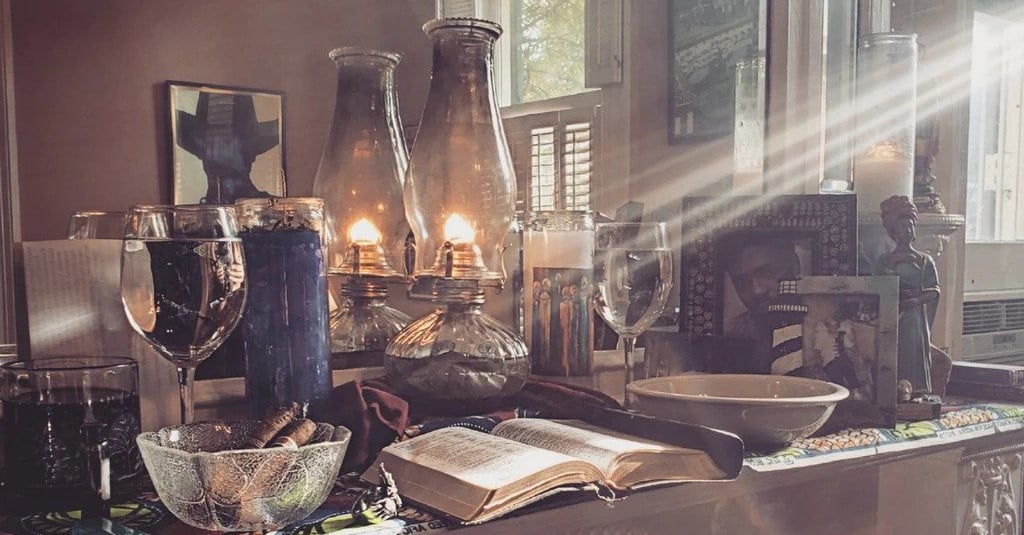
May 21st, 2021
Estimated Read Time: 7 Minutes
Most Wiccan beliefs consist of a mixture of various European mythologies, with a notable Celtic bias. However, some witches choose to introduce other influences into their practice. For example, witches of color, especially those of Black and West African descent, might base their approach on hoodoo magick.
Since we rarely get a chance to discuss non-European influences in Wicca, let’s examine the kind of spells hoodoo brings to the table. But before we dive into it, we should stress that this kind of magick is somewhat exclusive to witches whose ancestors also practiced it. After all, hoodoo is essentially powered by the ancestors. So witches who don’t have a family history with it wouldn’t be able to achieve the results they wanted.
Still, learning about hoodoo should provide some insight into the kind of magick some practitioners are using. And as always, we can always draw inspiration from alternative kinds of magick. With that in mind, let’s start with the basics.
History of Hoodoo
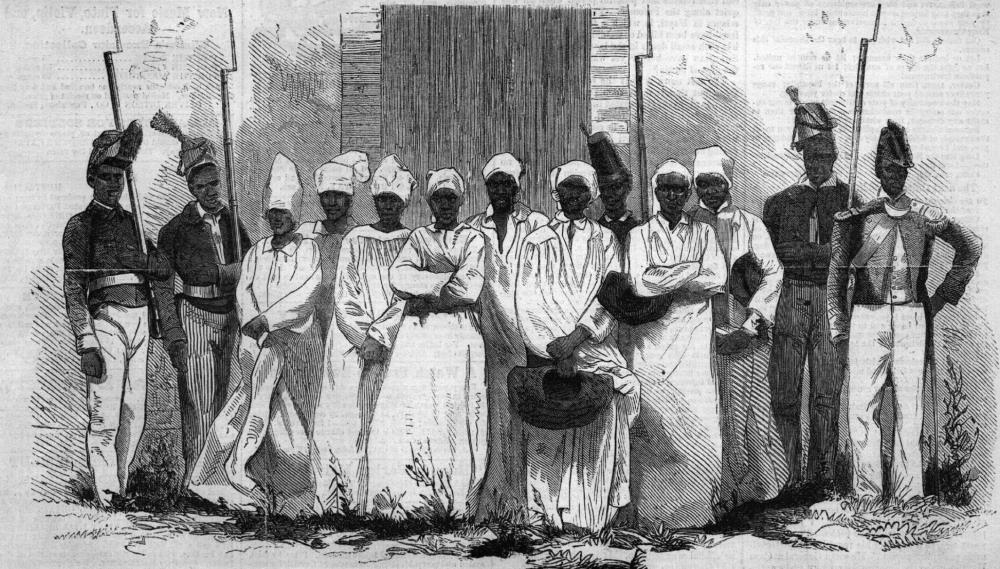
Before we talk about what hoodoo magick might look like today, let’s dive into the history of this practice. According to people who practice this kind of spirituality, hoodoo is a belief system developed by Black enslaved people between the 17th and 19th centuries.
It comprises various traditional African practices that mostly come from Central and Western parts of the continent. Therefore, some versions of these practices existed in the Kongo, Igbo, Yoruba, and Akan ethnic groups, among others.
The practice was further influenced by different European cultures. That’s why New Orleans is so famous for its unique mixture of French, Spanish, and African influences. Over time, enslaved Black people found ways to hide their own culture within Christian practices.
A Fork in the Road
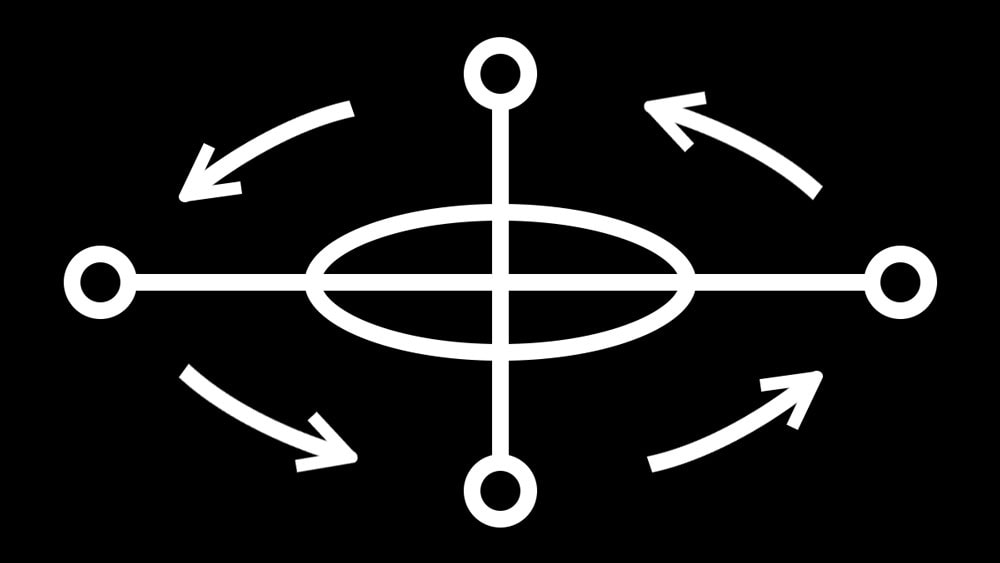
One of the core beliefs behind hoodoo comes from the Kongo people, in the form of the Yowa — or the Kongo Cosmogram. The Yowa is represented by the image of a Greek cross (with arms of equal length) enclosed within a circle. The circle symbolizes the cyclical nature of life, beginning with birth and ending with death and rebirth.
Meanwhile, the lines of the cross represent the physical and spiritual worlds, respectively. And that’s how ancestor worship comes into this fascinating belief system. In a way, they are the source of this magick.
After all, the center of the Cosmogram is the crossroads between the physical and spiritual planes. That space allows us to communicate with spirits and leave offerings to rid ourselves of negative energy.
Common Hoodoo Spells
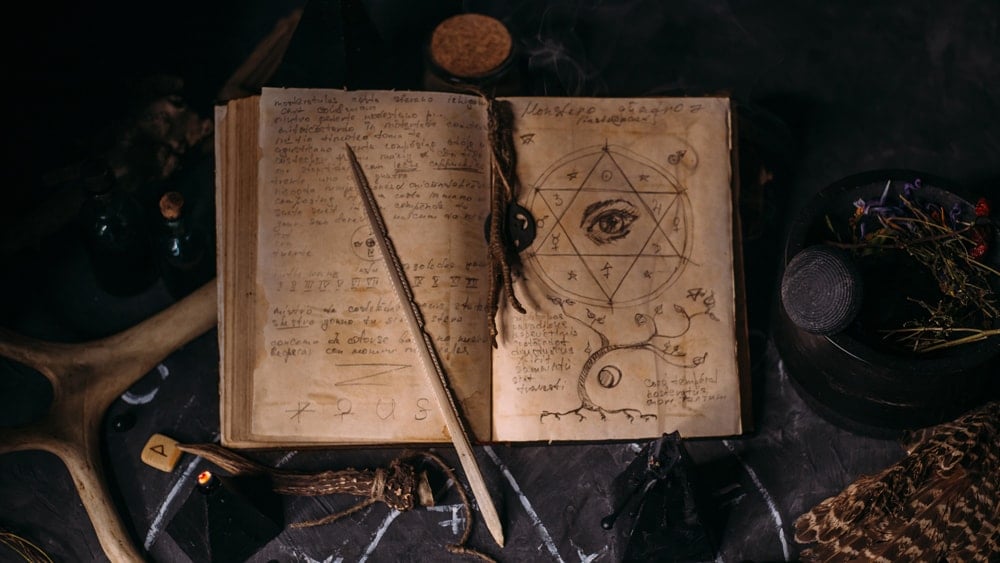
The terminology of this practice mostly has Bantu-Kongo origins. For example, goofer dust, the powdery material practitioners use to cast hexes, takes its name from the Kongo word for death.
But that’s not to say that hoodoo is all about spells that cause misfortune. Most of these hexes are protective, in a way. Remember, this kind of work was created to protect enslaved Black people in a hostile land.
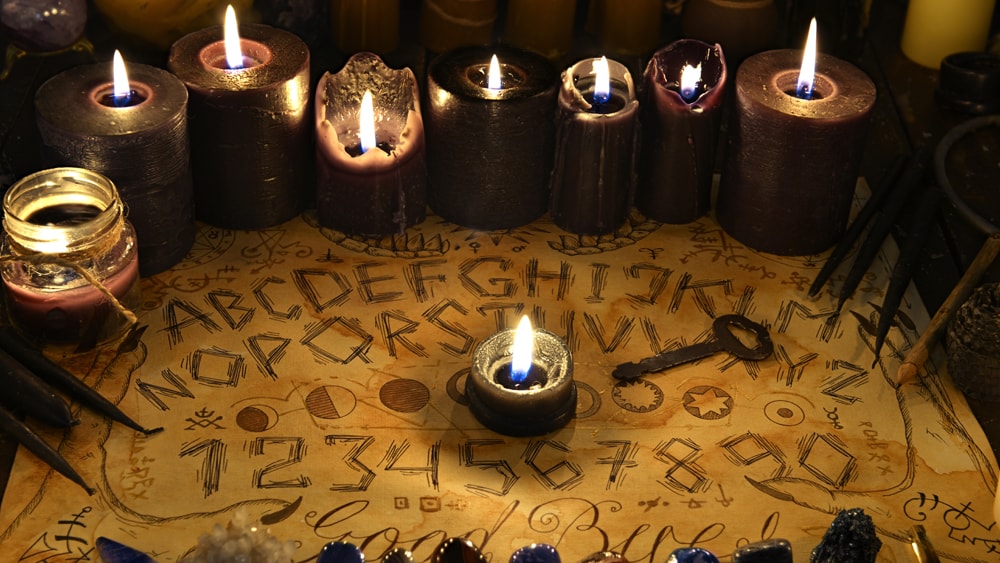
Therefore, claiming that hoodoo is essentially dark magick mostly has to do with its origins. As an aside, the persecution of these beliefs is also what led Black people in the Deep South to intertwine hoodoo with Christianity. Luckily, the hoodoo symbols they were using already resembled a cross.
In reality, many of the hoodoo spells that are still used are meant to attract blessings. Take mojo bags as an example. A toby or mojo bag usually serves as a good-luck charm — a prayer that protects the wearer. And there are more examples we’ll mention below.
Hoodoo vs. Voodoo: Is There a Difference?
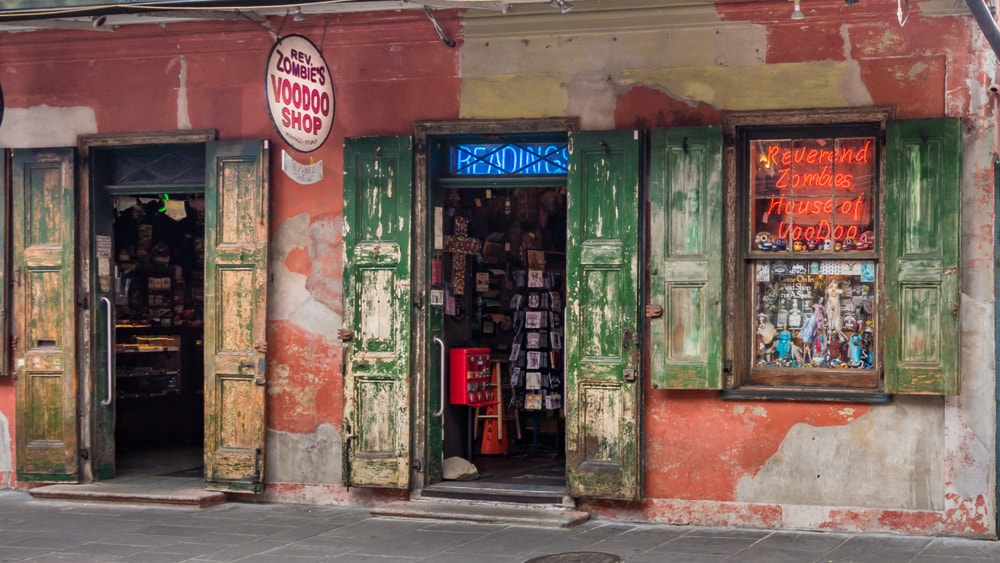
At this point, it’s worth noting that Voodoo and hoodoo aren’t synonyms. Both belief systems were primarily rooted in West African traditions, but that’s about the only thing they had in common.
While hoodoo developed in the American South, Voodoo was born in Haiti. Of course, anthropologists believe that African Haitians did eventually bring some of their beliefs to New Orleans too. So the two would have blended over the years. Ultimately, the main difference between them is that Voodoo is an actual religion while hoodoo is a practice. Since Voodoo is a religion, the word should be capitalized. Since hoodoo is not a formal religion is does not need to be capitalized.
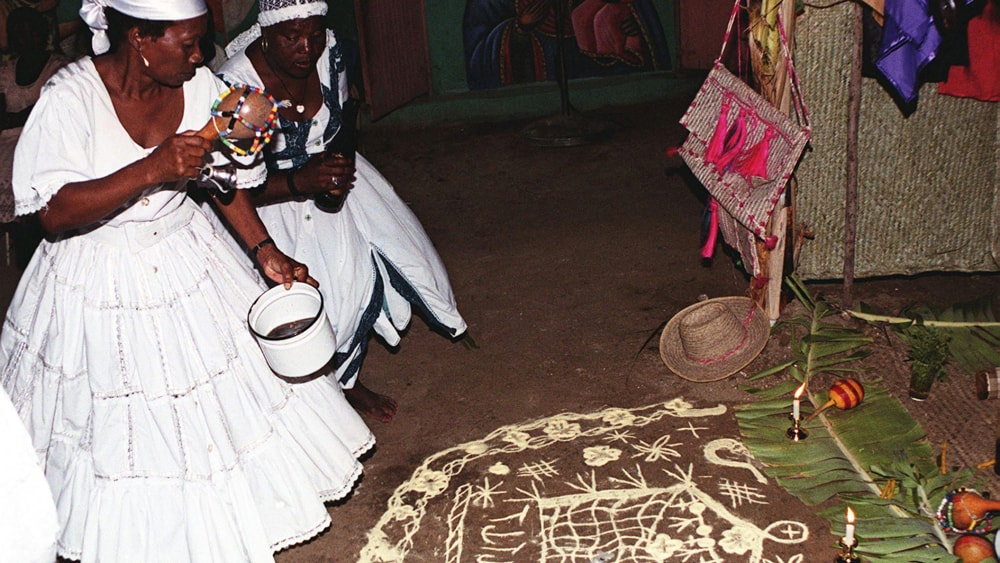
So while Voodoo rituals would be under the purview of mambos and houngans, hoodoo is more accessible. After all, it’s basically a system of practices anyone can apply to their craft as they wish to. Additionally, while Voodoo has an established pantheon of deities and spirits all practitioners worship, hoodoo emphasizes ancestral spirit veneration.
So as similar as they may appear at first glance, we can’t say that hoodoo and Voodoo are the same. Still, if you’re looking for synonyms you can use to refer to hoodoo, there are other terms — namely, conjuring and rootwork.
In fact, rather than referring to hoodoo rituals as spellcasting or witchcraft, practitioners call them work or chores. That’s because one needs to be familiar with the rules and rich history of the practices. With that in mind, let’s talk about how some Wiccans might incorporate this work into their practice.
Our free Wicca 101 course provides the essential knowledge and skills
you need to start confidently practicing Wicca.
Join the Wicca Academy community today!
What Can We Learn From Hoodoo Magick?
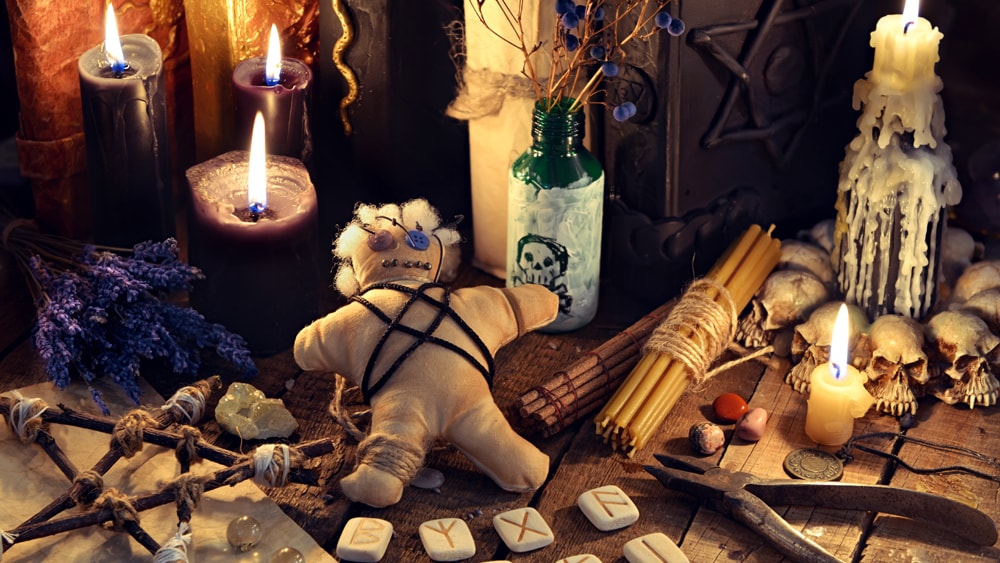
Now, most Wiccans would be familiar with the basic tools hoodoo practitioners use to do their work. Candles, trinkets, roots, and herbs are nothing new. Still, the way hoodoo practitioners approach these items is completely different from the way someone influenced by Celtic cultures would use them. So let’s see what it takes to become a skilled hoodoo witch.
Connect With Your Ancestors
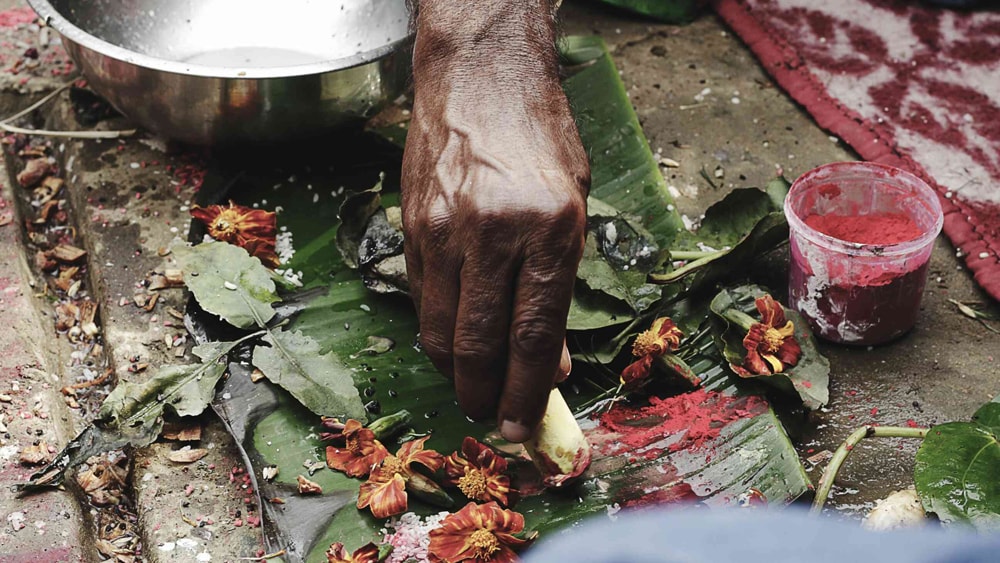
As we have established, working with our ancestors is a key component of this kind of spirituality. After all, we wouldn’t be here without them — so it’s important to express our gratitude. Connecting with our ancestors in that way would make them more inclined to protect and guide us through all of life’s hardships.
Of course, establishing a good relationship with our ancestors is the same as connecting with any living person. It’s all about communication. We can talk to our ancestors — either normally or through prayer — write to them through our journals, and ask them about themselves.
Eventually, they’ll start responding. Look out for significant angel numbers, signs that show up in everyday life, as well as dreams. Additionally, third-eye meditation can bring us closer to our ancestors, letting us intuit or channel their wisdom.
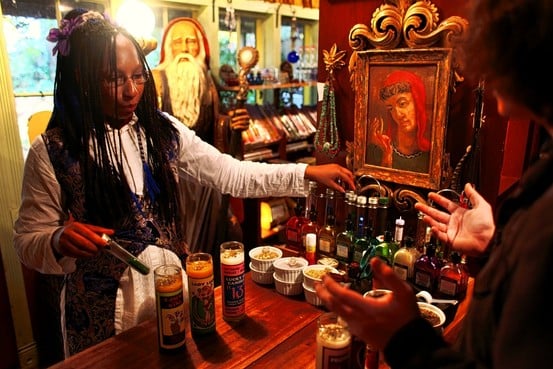
Other than that, we can incorporate different rituals that honor our ancestors in everyday practices. For example, we can set aside a plate with some food while we’re having lunch. As some practitioners say “the essence of the food is for the spirits, the physical food is for us.”
Above all, it’s important not to throw out the offering once the spirits are done with them. Instead, we can either return it to the earth or just eat it ourselves. However, the practice of “feeding” can also be used on nature spirits. So in that case, giving the offering to the earth would be more appropriate.
But remember: not all ancestors have our best interest at heart. We have to make it a point to summon loving ancestors rather than ones that don’t care for us.
Learn About Hoodoo Tools
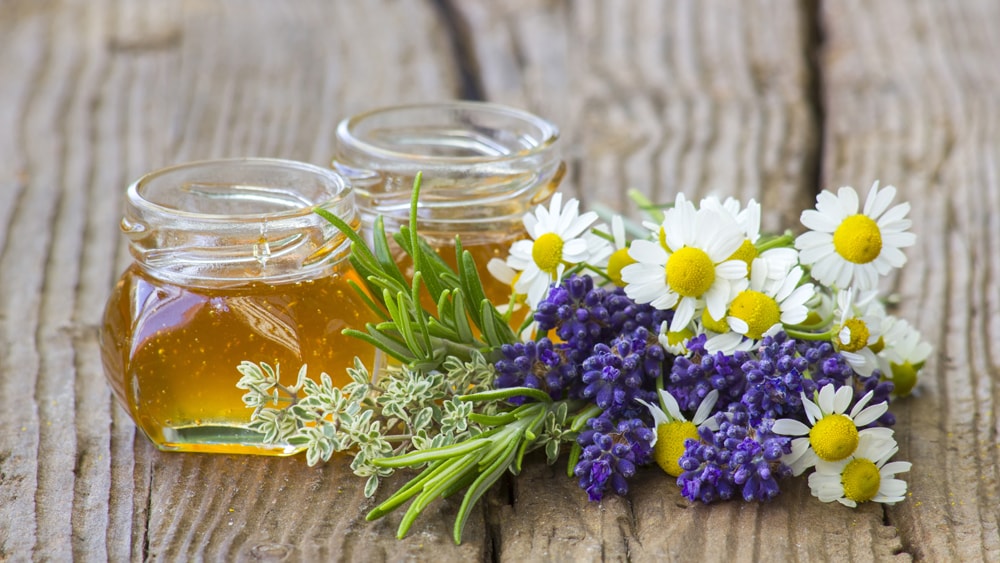
Ultimately, practicing hoodoo doesn’t require many tools at all. After all, enslaved people wouldn’t have had much to begin with. Still, certain items have become the staples of conjuring.
We’ve already mentioned mojo bags or hands, which consist of various hoodoo herbs, roots, minerals, and other tokens all packed inside a flannel pouch. Mojo bags are similar to jar spells, also known as spell jars or spell bottles. Nowadays, most practitioners use color symbolism and items of symbolic value to adjust the power of the object.
As we have previously established, most hoodoo spells are protective. That’s why we often see cedar, juniper, rosemary, lavender, and eucalyptus as the main ingredients in these concoctions. And as we know, we can also use them for cleansing.
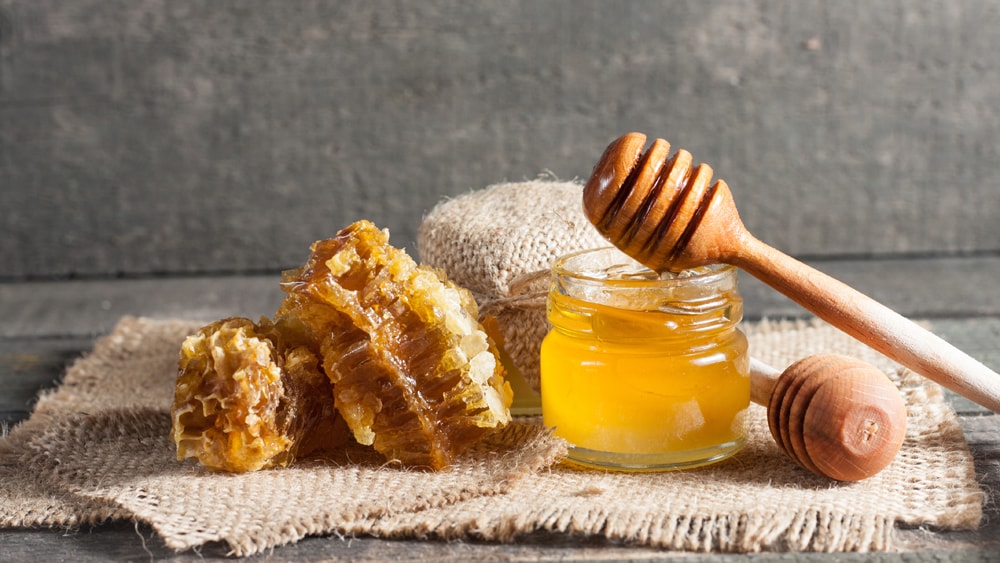
Honey is another important ingredient to keep in mind. Hoodoo practitioners have historically used honey jars as sweetening spells to compel good outcomes. Namely, honey spells could influence court cases, business petitions, as well as personal relationships.
A witch would then “dress” the honey jar by anointing it with various oils. The most common hoodoo oils we might use are van van oil and dragon’s blood. But really, you can use whatever oil you have at home.
Set Up a Hoodoo Altar
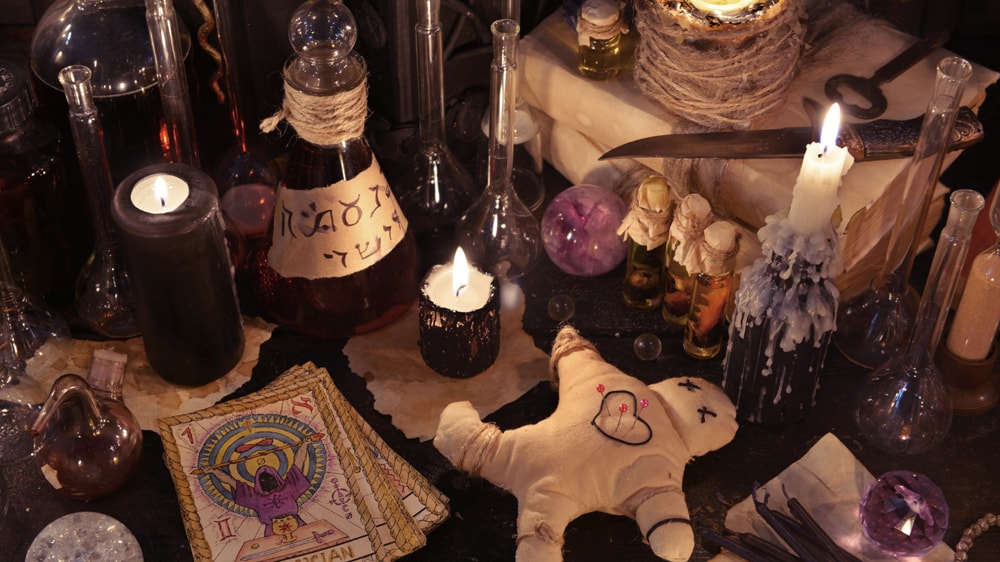
Even though hoodoo doesn’t necessarily require an altar either, we might as well set one up. With that in mind, let’s talk about the items you can keep on your hoodoo altar — in addition to a honey jar or mojo bag.
Hoodoo candles are a big part of this belief system. We can use different colors of candles to achieve different results. For example, red candles can offer protection since they call upon warriors. White ones can encourage clarity, peace, and healing. They’re also great for summoning the ancestors.
An altar is also a good place to keep your Book of Psalms. As we have previously established, practitioners have long since found ways to incorporate their ancestral worship into Christianity. Yet, they would essentially use these prayers as spells. For example, Psalms 17 is for justice and prevailing against enemies, Psalms 7 and 10 are for protection, and Psalms 11 is for summoning victory.
A Wicca Variation for Witches Everywhere!
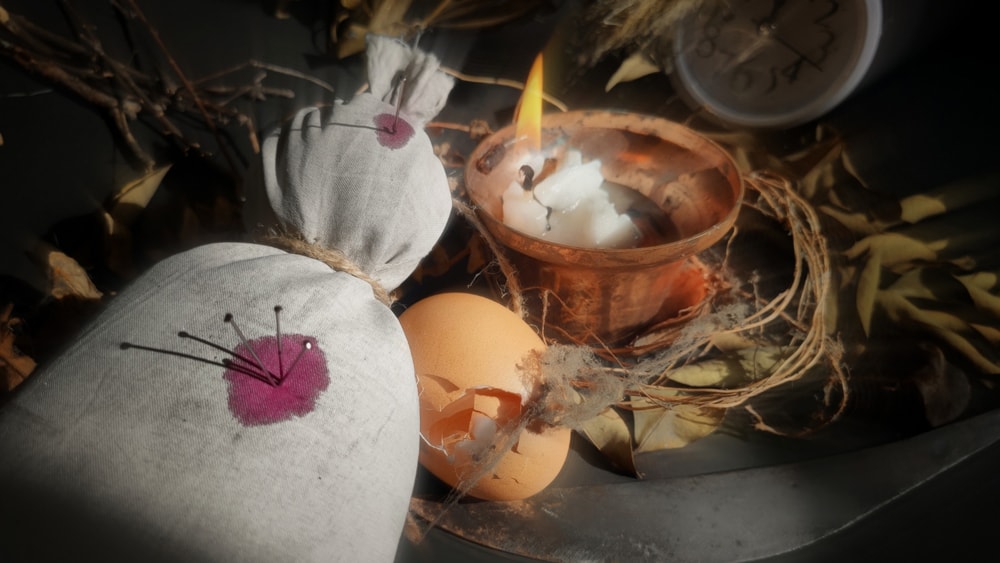
As amazing as Wicca is, we have to admit that it doesn’t always cater to everyone. Fortunately, witchcraft is infinitely adjustable according to personal specifications. Wiccans who have a family history with hoodoo can benefit from incorporating these beliefs into their practice. With that in mind, we encourage you to dive deeper into the history of this fascinating brand of ancestral magick!
Check out our other articles:
Sigils for Newcomers
Jar Spells Made Simple
Get to Know Your Familiar
Kitchen Magick for Beginners
Moon Phases and Simple Rituals
See All Articles
Love this article? Share the magick with your friends and loved ones!